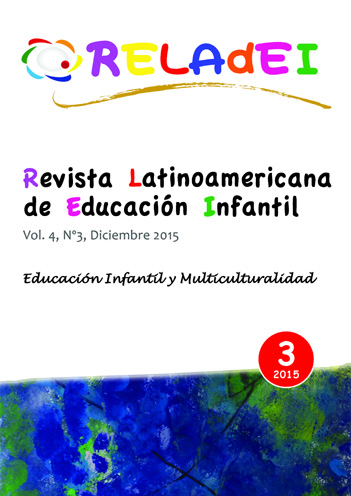The construction of environments for learning graphic-pictorial skills. An empirical research in two Italian infant-toddler centres
Main Article Content
Abstract
The article presents some results of an exploratory empirical research carried out in two public infant-toddler centres in northern Italy in order to understand which contextual conditions can favor the development of graphic and pictorial competence of children. Within a socio-cultural and socio-constructivist theoretical framework, the graphic-pictorial activities proposed to 31 children aged 24-36 months have been investigated in a pedagogical perspective, giving priority to the analysis of the group process of the children who scribbles and to the context in which it performs. Fourteen video recordings of children groups activities guided by an educator were made. The children graphic-pictorial drawings were collected too. Video recordings were subsequently used to conduct a video-stimulated interview with the seven educators involved. The analysis of video recordings led to the identification of five main content areas (group’s contagious imitation and “resonance”; child’s attribution of meaning to his drawings and verbalization of the adult; children’s play and exploration during the drawing activity; communication between adults and children and teacher’s verbal behaviour; conclusion of drawing and graphic-pictorial activities). This paper aims at presenting the first two areas. The analysis of educators beliefs allowed to bring out, in particular, the relevance of beliefs about the "spontaneity" of the child's behavior and educational practice adopted in relation to it. In the light of the research results, some areas of intervention for teacher professional development have been identified.

